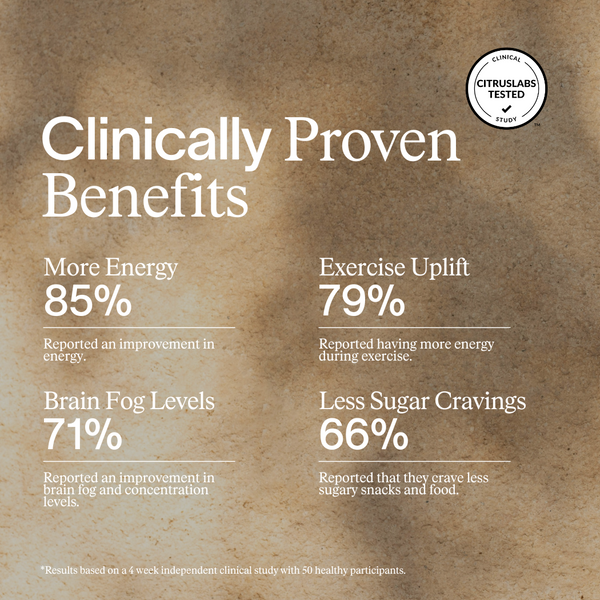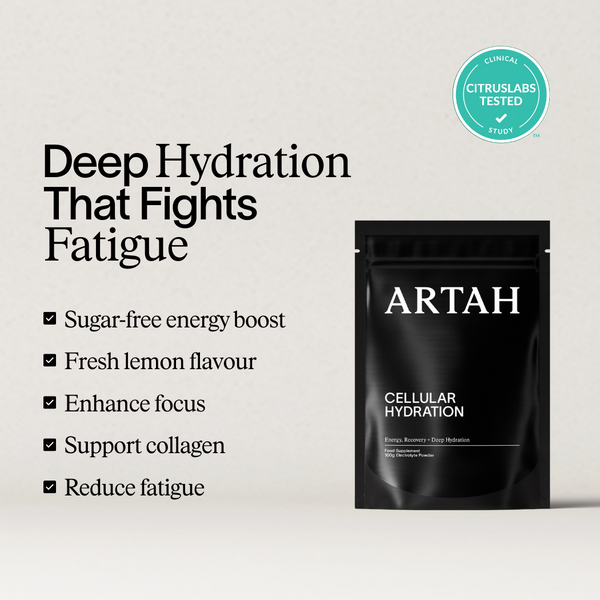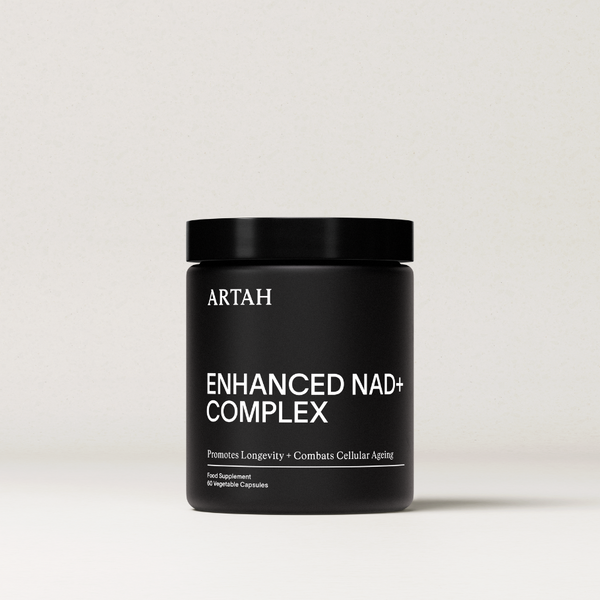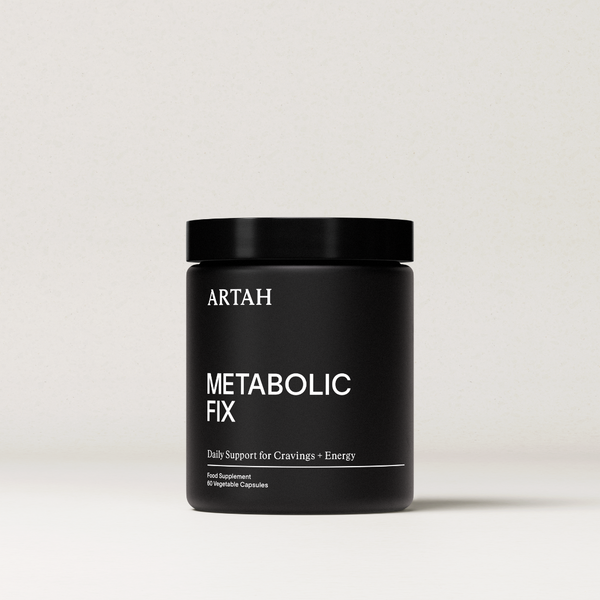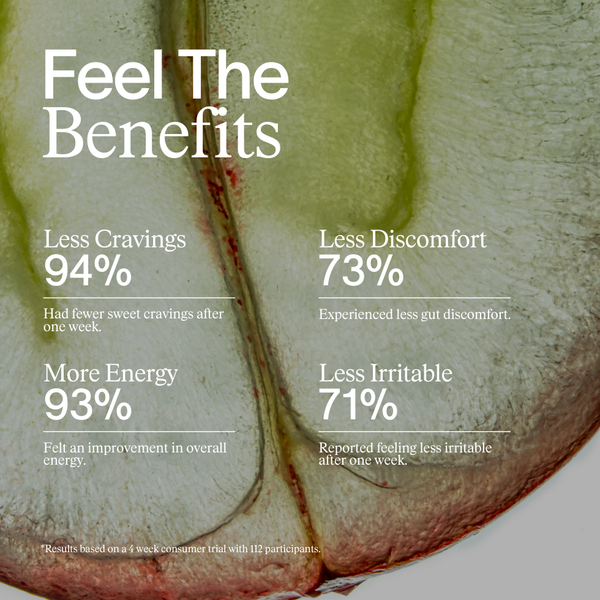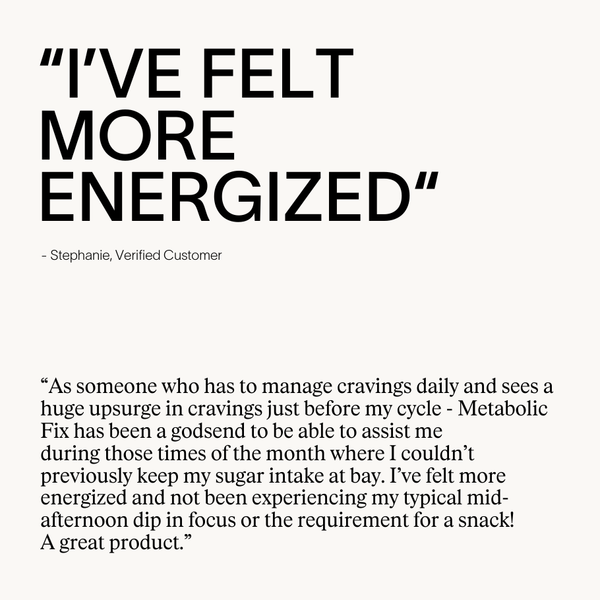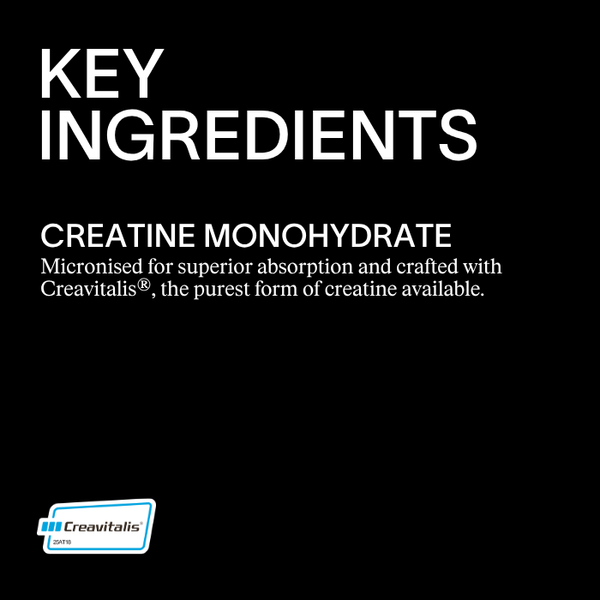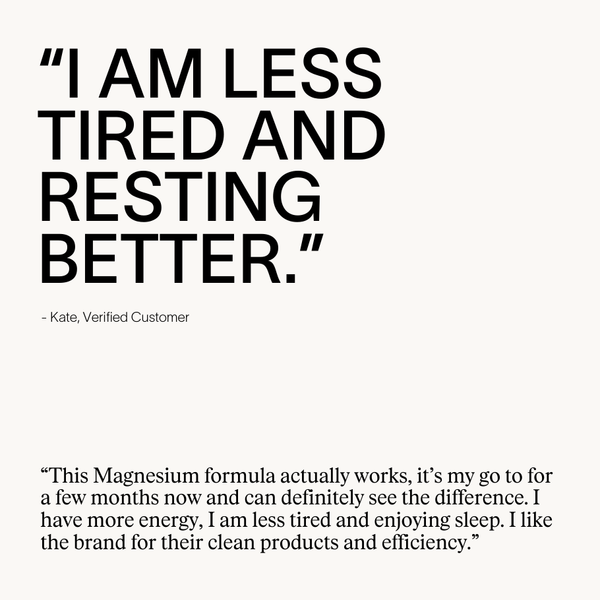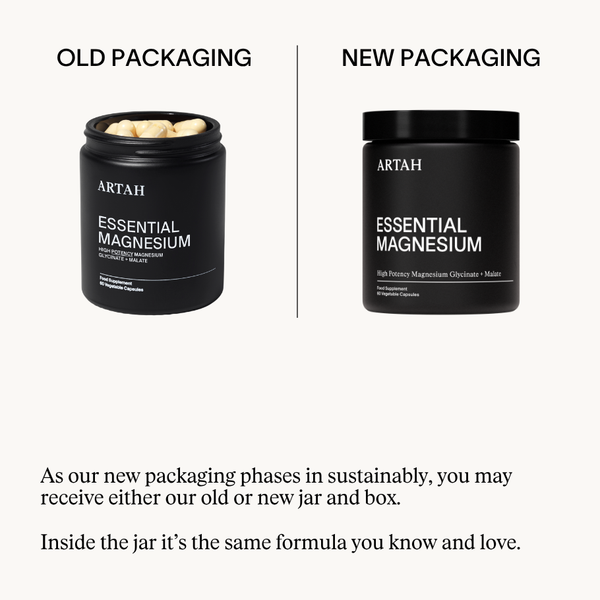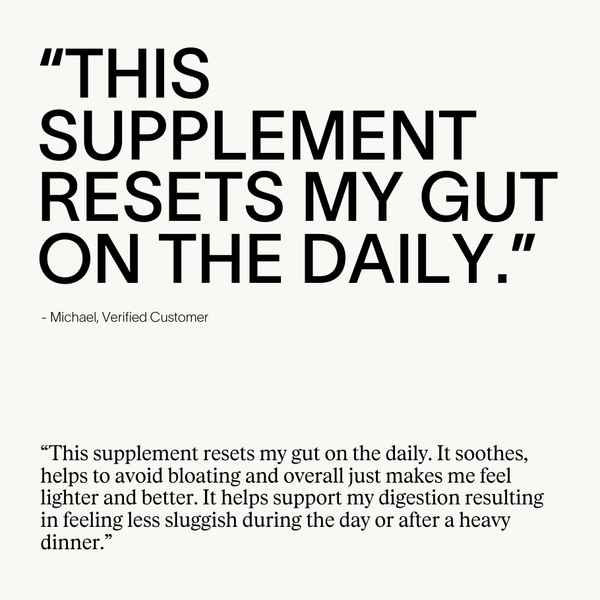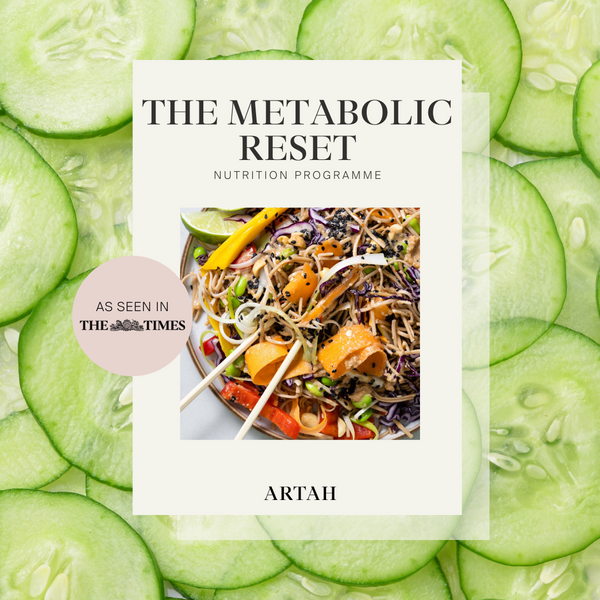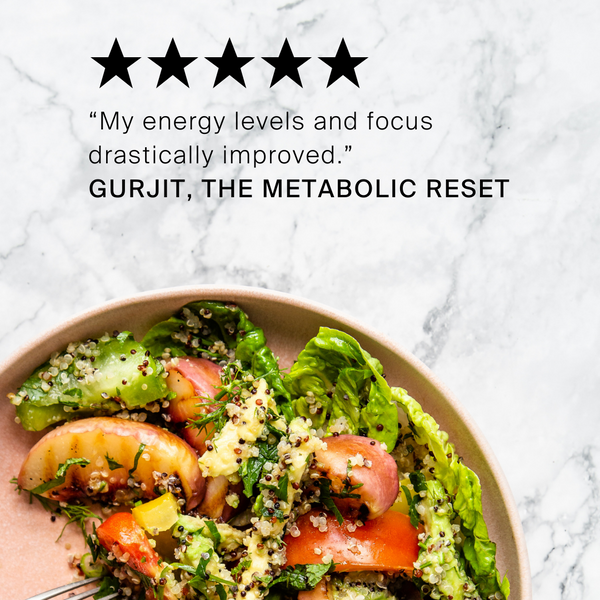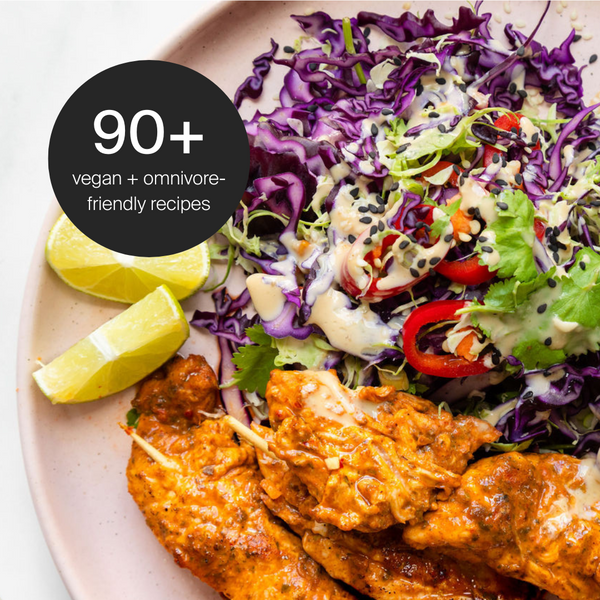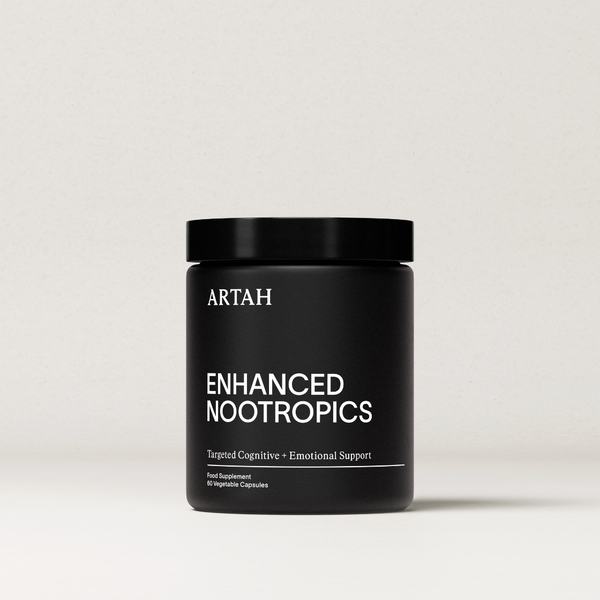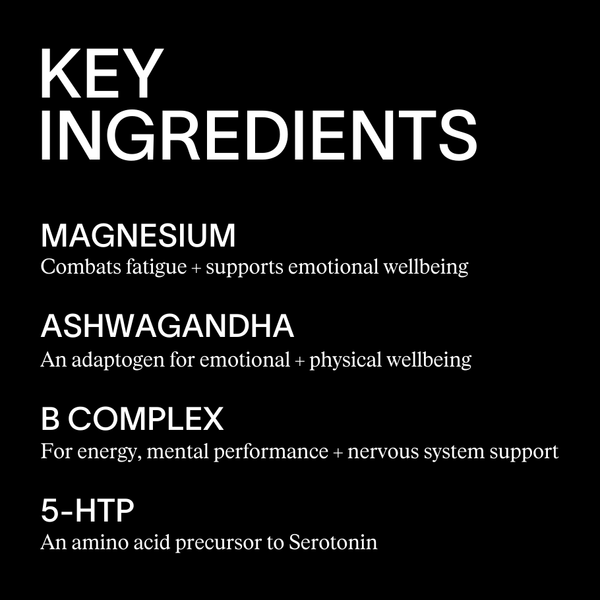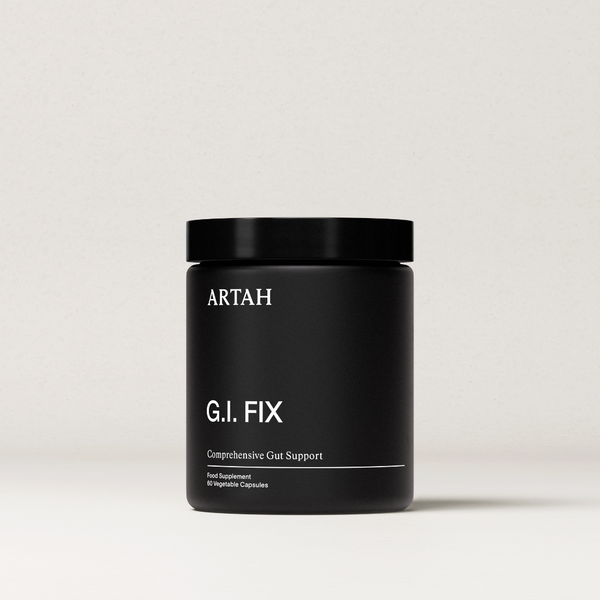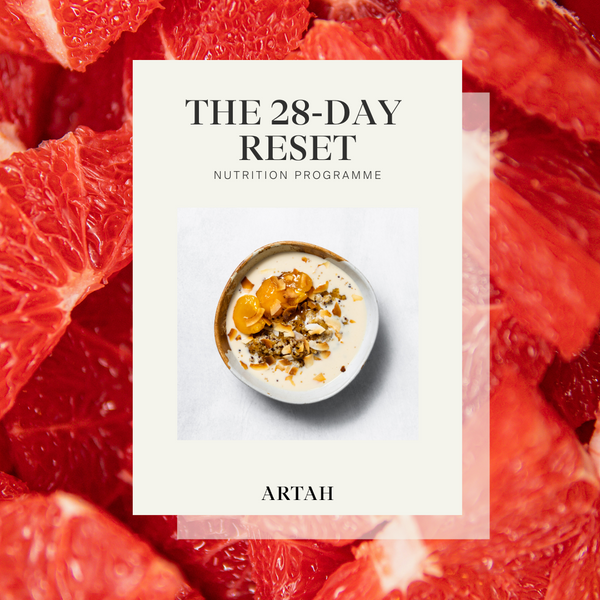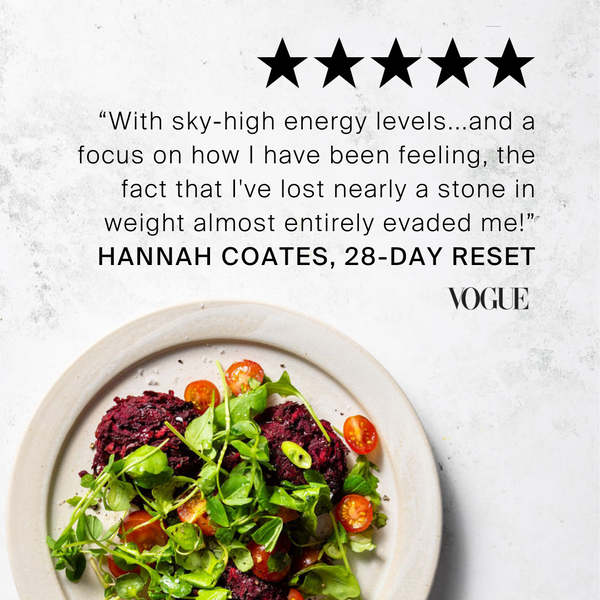Last week, research revealing that intermittent fasting (IF) was no better than caloric restriction (CR) for weight loss made headlines, and it’s making people second guess whether or not IF is as effective as we once thought. The study followed 90 participants over a one-year period, and by the end of the study, the CR group had lost more weight than the IF group; 12lbs vs 10lbs. But as we all know by now, weight loss isn’t the only metric we should be measuring, and there’s far more we can learn from this study than who won the weight war.
Before we get into the learnings, it’s important to understand the design of the study. The trial split the participants into 3 groups; IF, CR, and control groups. Each group followed a weight loss phase for the first 6 months, and a maintenance phase for the second 6 months.
- IF Group: this group followed a time-restricted eating window of 8 hours per day without intentional calorie restriction. Participants were not counselled on nutrition and were encouraged to eat freely during their feeding window. After 6 months' time, they moved onto a 10-hour feeding window with the same guidelines.
- CR group: this group was advised to reduce daily caloric intake by 25% and were counselled by dieticians on how to do so. After 6 months’ time, they moved onto a 15% reduction in daily caloric intake. Throughout the year, this group also followed a 10 hour-feeding window each day.
- Control: this group ate as normal with an eating window equal to or greater than 10 hours per day.
Here are the 5 most important takeaways.
1. IF improved waist circumference.
Whilst total weight loss was slightly better in the CR group, an important metric that didn’t make the headlines was waist circumference, which the IF group saw a greater improvement in. Waist circumference is inherently linked to metabolic health because it gives us an indication of the amount of visceral (or deep belly) fat that we’re carrying. This type of fat is packed around our organs and is far more dangerous than subcutaneous fat. In fact, increased visceral adiposity is linked to a greater risk of type 2 diabetes, certain cancers, cardiovascular disease, chronic inflammation and more. Taking your waist to hip ratio is a quick way to assess your metabolic health, and considering the fact that a tape measure costs £2, is by far the easiest and most accessible test we have at our disposal. Simply measure your waist circumference at your belly button, and your hip circumference at the largest part of your hips. Next, divide your waist measurement by your hip measurement. Women are looking for a value of 0.8 or less, and men 0.95 or less. If you’re over the target WH ratio, it's a good idea to work towards a healthier ratio, see our suggestions below to learn more.
2. IF saw better improvements in insulin sensitivity.
Insulin, the master regulator of blood sugar, is of particular interest when it comes to health. Yes, it is linked to body composition, but we can suffer from excess insulin at any size. Too much insulin can impair immunity, increase anxiety and depression, impact hormones, reduce fertility and increase the risk of chronic illnesses, which is why it’s an important outcome to point out in this study. The IF group experienced a greater improvement in insulin sensitivity than the CR group. This highlights one of the many benefits of IF beyond weight loss, which is a reduction in our exposure to insulin.
3. IF had far better adherence.
One of factors that makes IF so appealing is the ease at which people can implement it into their regimes, and this study was a good reminder of this. By the end of the trial, only 61% of individuals were able to adhere to the calorie restriction guidelines, compared to an 87% adherence rate in the IF group. This highlights some of the inherent issues with caloric restriction; first and foremost, a continual need to focus on a set number of calories can often lead to unhappiness, social withdrawal and food anxiety. Perhaps as importantly, it negates the profound effect that food quality has on every aspect of our health, and often encourages people to reach for low calorie foods with poor nutrient values. Another obvious flaw in calorie counting is human error; it can take trained nutritionists and dieticians years to be able to count calories (without the use of tech) accurately, so the expectation that someone without deep knowledge of nutrition can do it is a lofty one. In addition, consumer calorie trackers are famously inaccurate, and often lead to massive underestimations in caloric intake - just type in the word apple and you’ll be confronted with endless options ranging from 40kcal-130kcal. Another example is cereal; the default serving size on most popular calorie aps is ½ cup, but the average serving is just shy of 2 cups, which is a massive difference. If you switch to grams, it only gets more difficult to eyeball – and unless you’re willing to walk around with a scale in your bag, the stress of it all adds up quickly which is why the ease of IF is often preferable to CR.
4. Technically, the IF group had better results.
Whilst the headlines just reported on weight, the improvements in insulin sensitivity, adherence, and waist circumference mean that when you look the study as a whole, the IF group came out on top. It’s also worth noting that the structure of the diets meant that the IF group only did IF for 6 months, and then moved onto the same eating window as the CR group. This means that whilst the CR group had to continue restricting calories by 15% for the remaining 6 months, the IF group were able to eat freely and still had positive metabolic outcomes. They were also able to keep the weight off and naturally gravitated towards fewer daily calories than when they started (without having to count).
5. But... Neither group had great results, here’s why.
Whilst both groups experienced some health benefits, when you look at the fine print, the results are underwhelming considering their starting point. This study recruited individuals who were classified as class 2 obese; their mean height was 5ft 3 (164cm) with a body weight of 100kg and BMI over 35. After one year of intervention, weight loss was only about 5kg, which is less than you would expect. Why weren’t they able to shift more? It comes down to diet quality and movement. Both groups reported a high sugar, high carbohydrate and low fibre diet. Here’s what the composition of calories looked like:
- Fibre intake was half of the minimum daily recommended intake. This means that their carbohydrate intake would have been high in refined and starchy carbs, and low in whole grains and vegetables.
- Sugar intake was over 3x the maximum recommended daily intake.
- Movement was not encouraged nor increased; daily exercise was tracked in steps, and participants from all groups averaged around 7000 steps per day.
What does it all mean?
Countless studies have shown that IF can benefit a variety of metabolic parameters, but it’s still important to improve the quality of your nutrition for the best results. If you’re looking to dip your toe into an IF regime and aren’t sure where to start or try a short bout of calorie reduction (which is more beneficial than prolonged calorie restriction) you can try one of our Nutrition programmes.
- The 28 Day Reset: best for those wanting to improve digestion alongside energy. It removes common food triggers, uses gentle IF and has a 5-day burst of reduced calories to rest the digestive system. This programme contains 120 recipes to use on and off the plan.
- The 21 Day Metabolic Reset: best for those wanting to address body fat and cravings. It focuses on blood sugar, uses longer periods of IF and has a 5-day keto sprint to boost our fat burning ability. This programme contains 90 recipes to use on the off the plan.
- The 5 Day Cleanse: best for those wanting to try a short and sweet fasting mimicking diet to cleanse, detoxify and energise. It reduces calories for a period of 5-days and has accompanying movement barre and yoga videos from when we did it live with the community.
REFERENCES:
1. Shuhao Lin, Sofia Cienfuegos, Mark Ezpeleta, et al. Time-Restricted Eating Without Calorie Counting for Weight Loss in a Racially Diverse Population: A Randomized Controlled Trial. Ann Intern Med. [Epub 27 June 2023]. doi:10.7326/M23-0052


